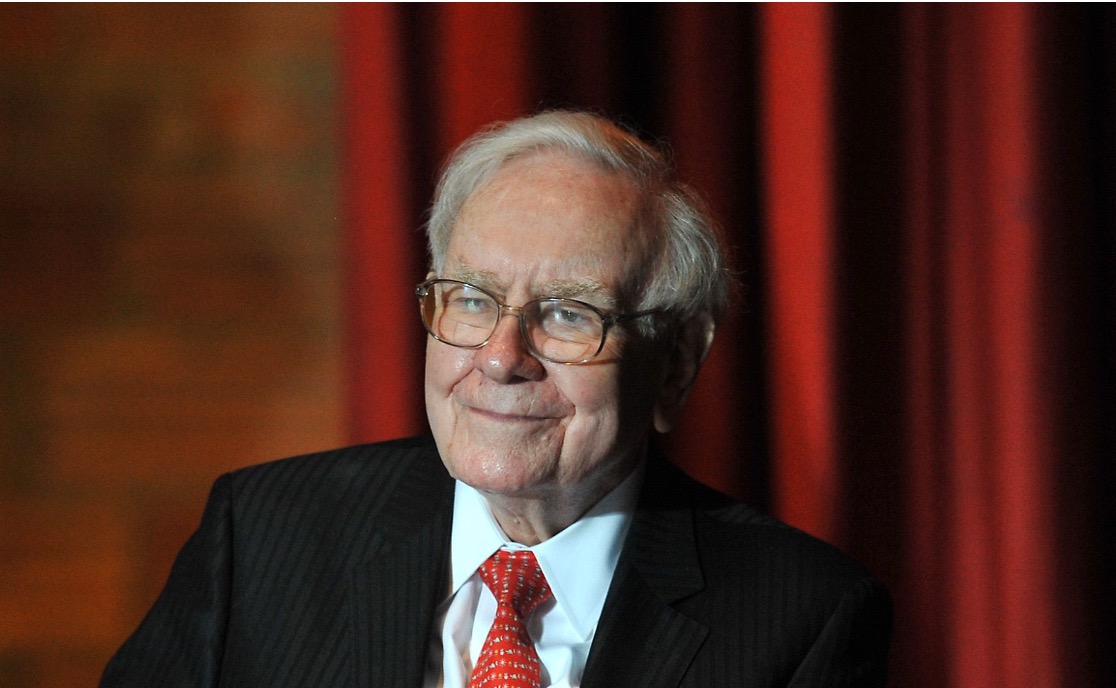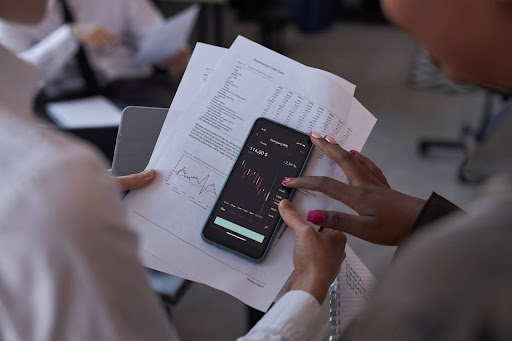
The financial sector has seen a substantial change in trading, with more service providers profiting from traders and investors. Because of this, it is now easier for new brokerage companies to join the market and target certain niches. FX brokerage platforms can dramatically increase their exposure through two distinct strategies: white label and introducing brokers.
White-Label Explained
Providing pre-built software and programmes that are readily rebranded and altered to meet end-user requirements is known as white labelling. FX brokers work with a white-label provider to reduce the amount of time it takes them to enter the market. With this method, FX brokers can enter mutually beneficial partnership with third parties who will create a white-label brand around the existing services of a broker.
As a result, they will provide share revenue proceeds with predetermined splits, with the original broker taking the majority of profits. Forex white-label services allow businesses to branch out in different directions and increase their revenue streams without implementing additional products or services.
Understanding Introducing Brokers (IBs)
Brokers who introduce investors and users to brokerage companies so they may register on their trading platform and become clients are known as introducing brokers. They are in charge of marketing to institutional traders and investors, contacting them, providing trading services and goods, and enticing the target market to sign up for an account on their website and begin trading.
A crypto or forex Introducing broker charges commission payments in return for growing the user base. These costs can be spread-based or set for each enrolled client, depending on the amount invested.
Critical Differences
Both models accelerate brokerage firms’ operations and market accessibility, helping them expand their clientele and better serve more users. While IBs facilitate communication between brokerage companies and end customers, the white-label approach comprises offering trading software, payment systems, and other support services.
IB partnerships have proven to be more successful, converting newcomer traders into loyal customers through extensive educational resources and advisory services. On the other hand, the fresh branding of white-label technology can create an entirely new revenue stream for brokers. So, both approaches have their merits, and they can be used simultaneously to maximise your potential profits.









